The flower and the extra long stalks are a show stopper once the plant fills out. It’s pretty cool even now.
Epiphyte, warm growing (70’F-86’F), bright, filtered light, high humidity. Keep wet in summer months, a bit drier in the winter. The drying in the winter is a trigger for blooming. It’s planted in semi-hydro ( small pebbles in a shallow glass container with about an inch of water at the bottom)
Australian and New Guinea native, typically found in low land areas growing in the branches of trees and rocks in a bog forest.
This is one of a few orchids that is pollinated by birds, the yellow honeyeater is a small, yellow, hummingbird like bird that hovers near the flowers, feeds on the nectar and pollinates the orchid in the process.
I’ll fill in more details after I have more time with this one, It was just acquired it at the orchid show last month.
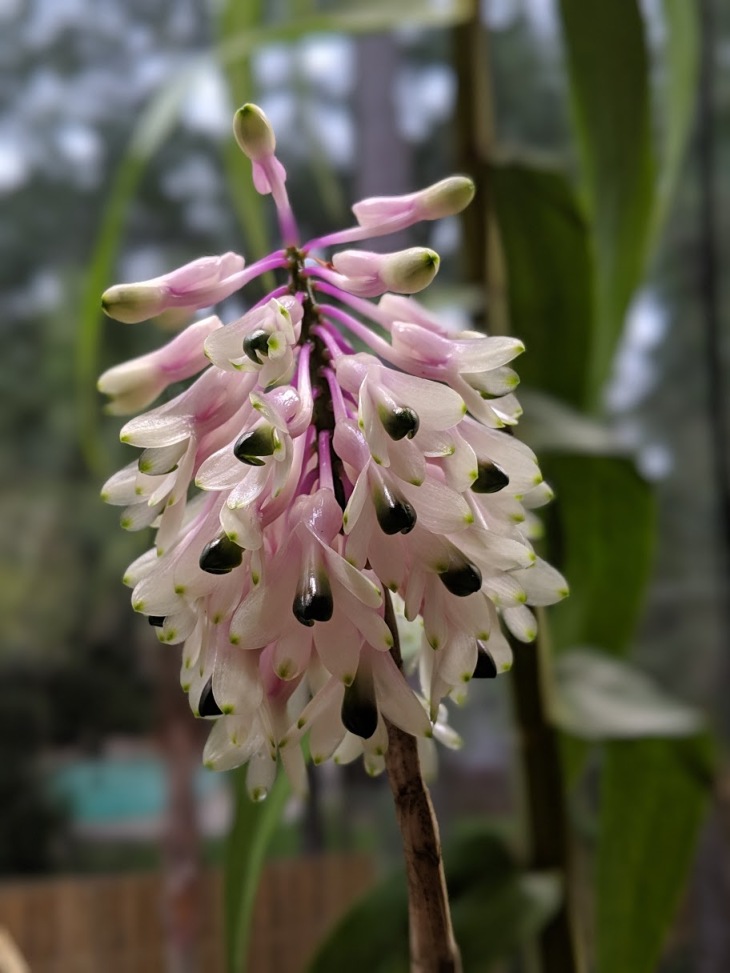
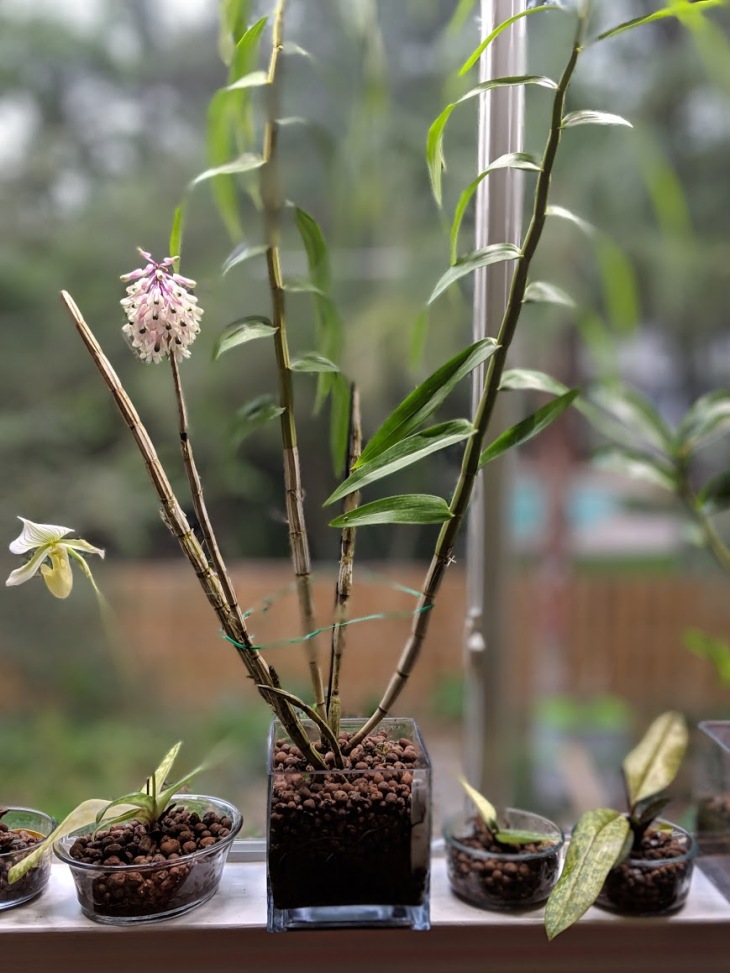

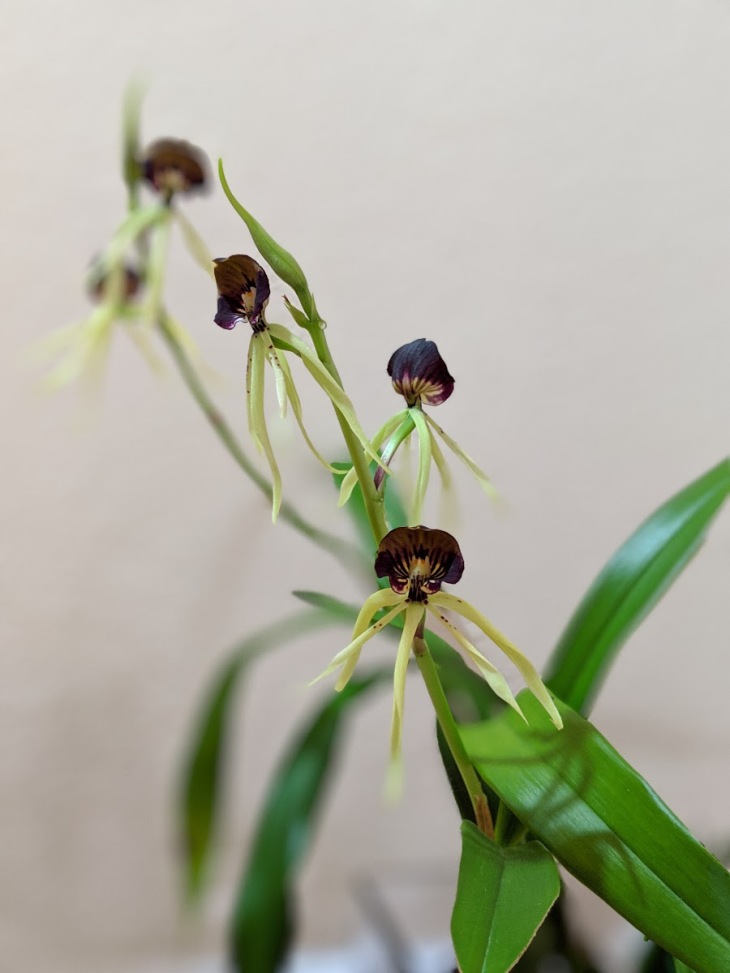





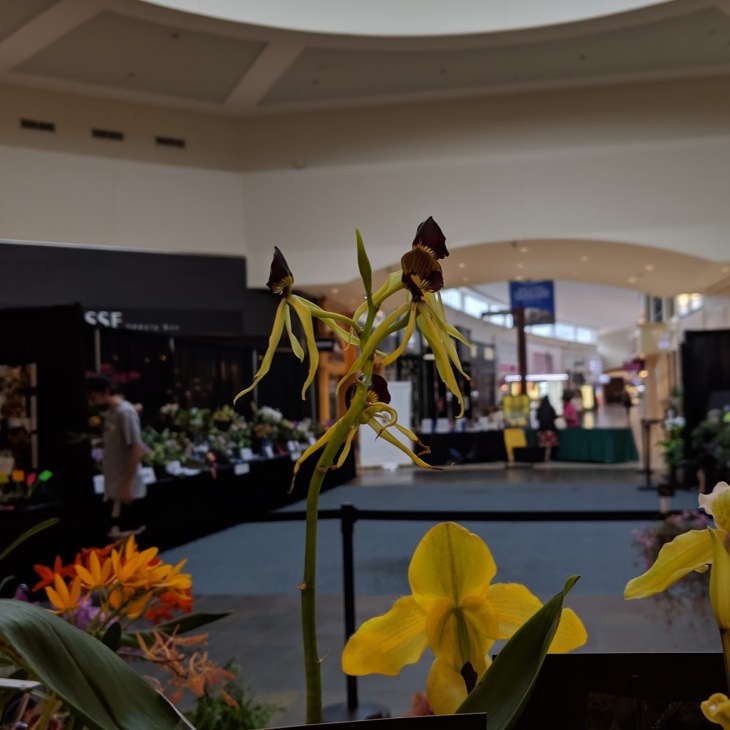
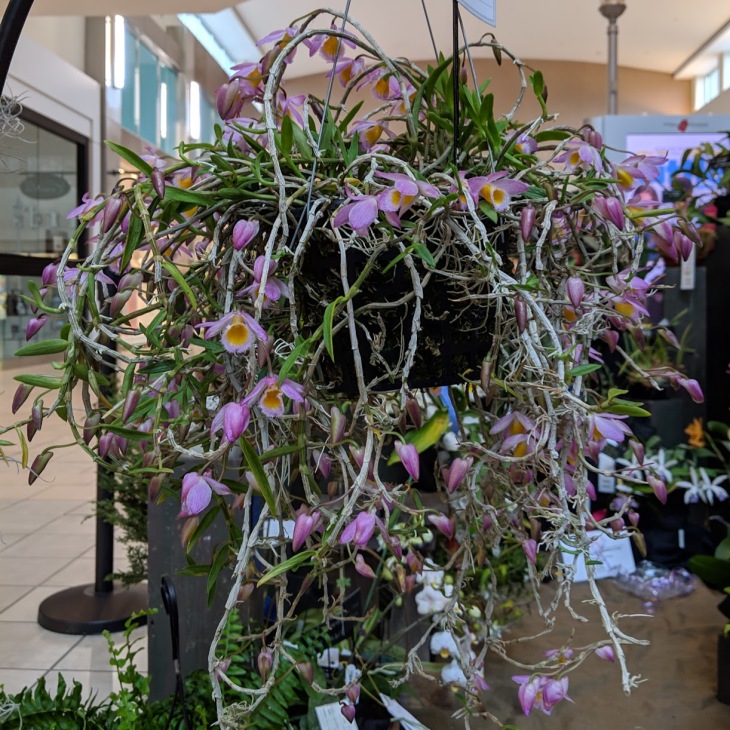
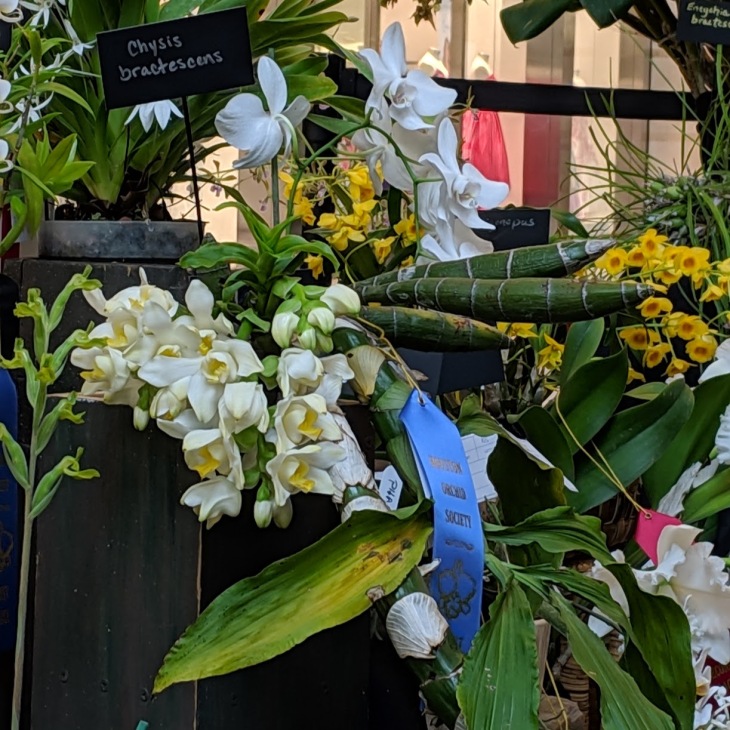

















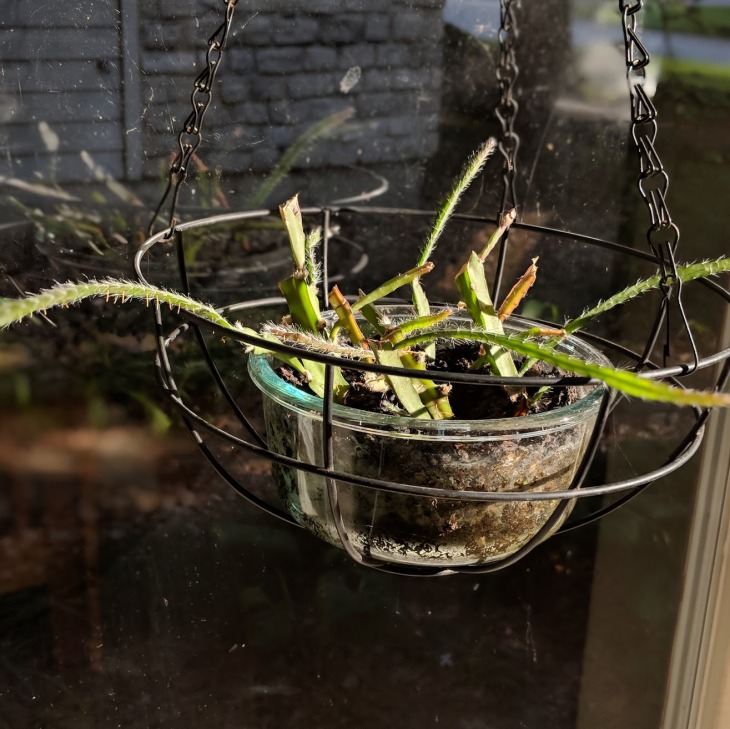

You must be logged in to post a comment.